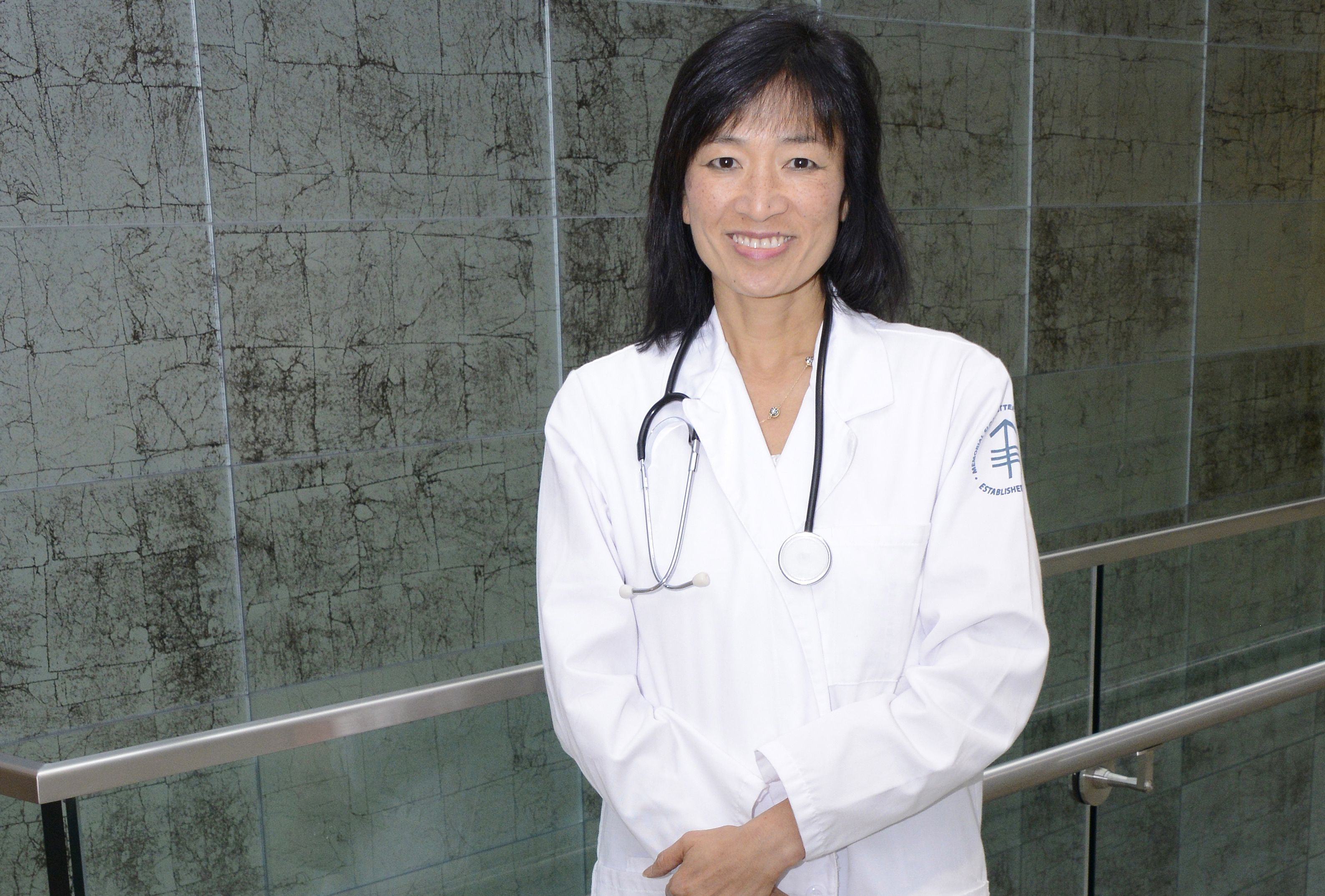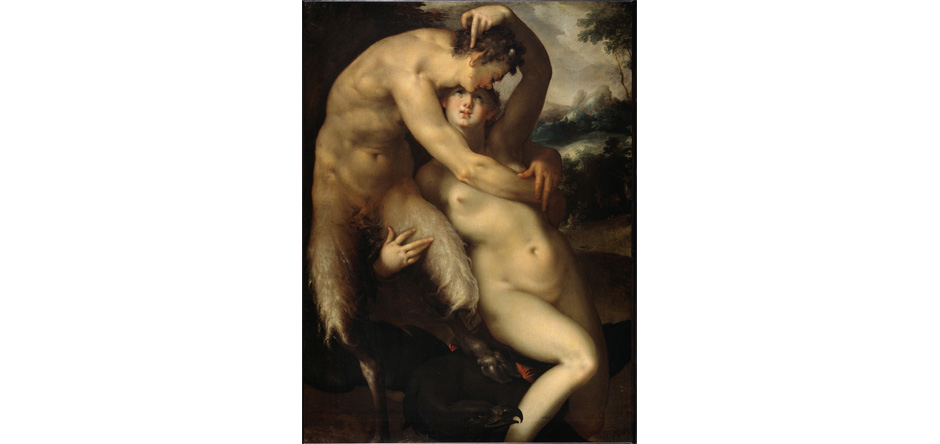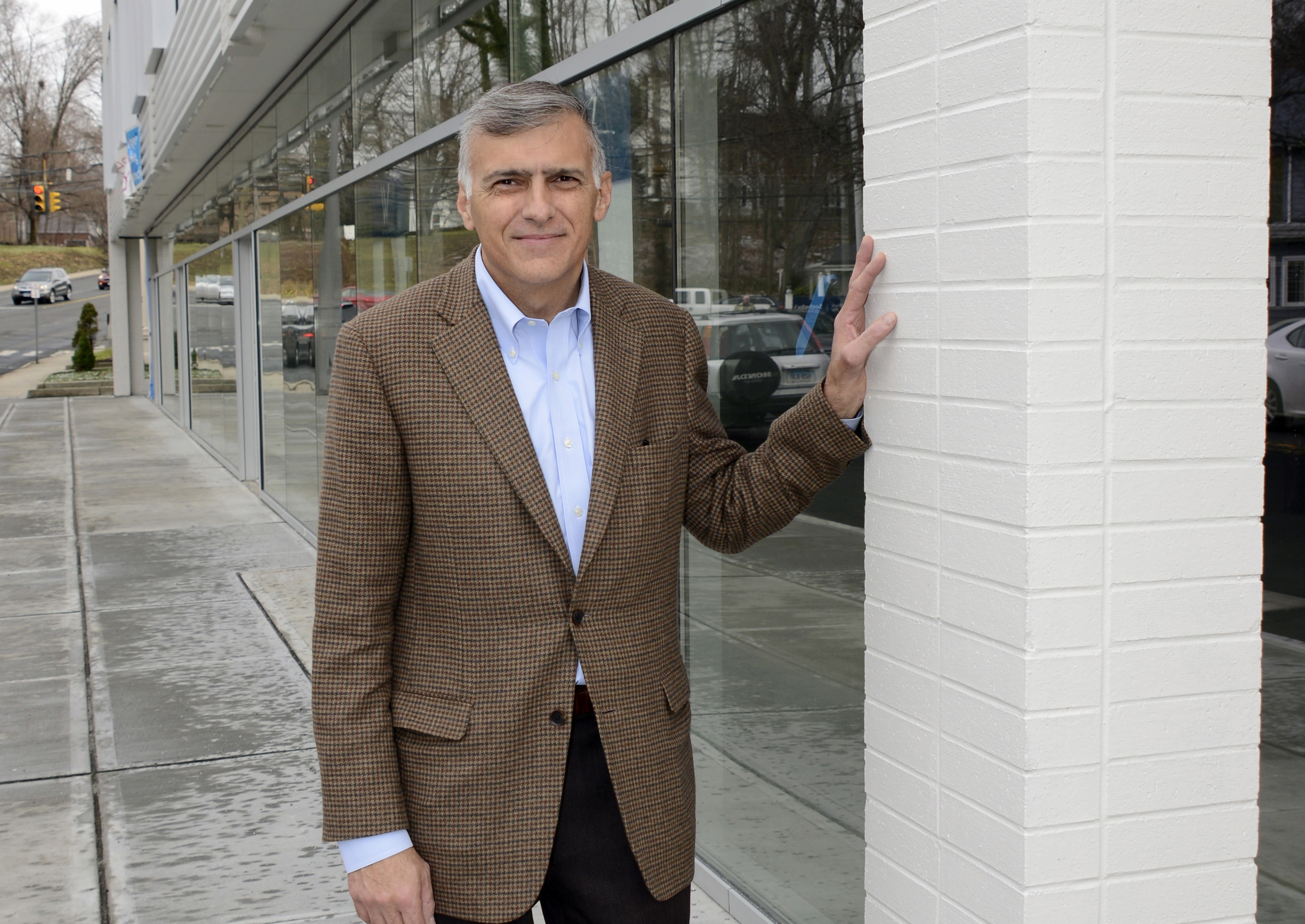From the mid-1960s to 1971, black and white TV sets across the nation glowed in the evening with images from the Vietnam War. U.S. forces were shown sloughing through rice paddies and along muddy roads. Blasts from exploding artillery shells punctuated the narrative by war correspondents. Close-up shots of bandaged and bleeding soldiers along with bodies of civilians in small villages conveyed in near-real time the horrors of the war.
As the conflict wore on and American casualties mounted, the antiwar movement grew in the U.S., gaining such momentum that troop withdrawal began in 1971, leaving the South Vietnamese to fend for themselves.
Chau Dang, MD, chief of Memorial Sloan Kettering’s West Harrison Medical Oncology Service, was an 8-year-old girl in 1975 Saigon. It was a tumultuous time as the North Vietnamese communists began their incursions into the south.
Dang’s father was an executive with Exxon, and he, like the rest of the employees, kept a close eye on the North Vietnamese troops’ movements. With a wife and six children, he made plans to find a safe escape using a boat. With Dang being the fifth of the six children, her parents worried for her and a brother’s ability to survive the sea voyage. They feared they would drown. So they decided to place the two children in an orphanage with the thought they would be flown to the U.S. as the other orphans were.
“So we were in an orphanage for two weeks, (while my parents) prepared the other children to be ready for eventual escape by boat in the middle of the night,” Dang says.
During that time, the sounds of the new conflict grew closer. Exxon decided to evacuate the American personnel and also asked Dang’s father if he and his family would want to join the airlift to the U.S. So he ran to the orphanage to “adopt” his two children and then get to the airport, where he would meet his wife and the rest of the family as well as a few aunts and uncles.
Dang says she slept in fear that night in the terminal hearing gunshots in the distance.
“It was early in the morning, around five or six o’clock, I remember walking in a straight line into the military plane,” Dang recalls with clarity. “I could just see the fear in the parents who were there with other kids.”
As the plane took off, Dang says she heard gunshots from below.
“It was common for the communists to try to bring down any planes that were escaping. We had soldiers on our plane and they, I guess they shot back and we made it. We made it.
“My memory was, as a child at 8, that this was being part of a movie. It felt like that. There is a war going on around us, but somehow I felt protected because Saigon wasn’t hit yet, but we were going to be attacked and I just felt safe with my parents and my siblings. … We were lucky. We saw so many families that were torn apart.”
After landing in Guam, the family was then flown to U.S. Marine Corps Base Camp Pendleton in California, where they lived with the other refugees.
“We had a grand time. We learned the life of a free world. It was such a gift to have a second chance,” she says.
“We had beds, we had blankets, we had water and we ate on the base. … We counted our blessings for getting out alive. That was my new beginning in America.”
New adventure
After two months in the camp and with their government-approved paperwork in hand, the family loaded their meager belongings into an old sedan bought with money her father had saved up while in Vietnam and headed east.
First stop was Missouri where her father had a friend and the family enjoyed the kindness of this man and his family. From there it was on to North Carolina for her father to find work.
Even though he was a vice president with Exxon in Vietnam, Dang says her father took on any type of work to take care of his family.
He eventually reconnected with the oil company and the family moved to Charleston, S.C., where Dang began her education in earnest.
She recalls entering fifth grade at Mount Pleasant Academy in Mount Pleasant, S.C., being the new kid knowing just a little bit of English. It was there she says she learned an important life lesson.
“Back then they had something called ‘reduced lunch’ for families of little means. There was also free lunch and regular lunch. I remember that they would call us in groups. So as part of the reduced lunch group I was standing in back of the line, and I didn’t mind it. I thought wow at least I’m getting lunch.”
The lesson learned?
“You have to earn your keep. … You don’t have to have the best, you don’t have to have the fanciest, you just work for what you want. … Be proud of what you have and have a purpose in life, and give back to help humanity. And that has stayed with me ever since.”
It was early on in high school that she discovered she wanted to be a doctor, because she thought the human body was “such a unique, complex machine, a more complex machine than any other machine that we can create.” After high school, it was on to Clemson University and then Medical University of South Carolina in Charleston.
Dang thought that she wanted to be a surgeon.
But it was at Eastern Virginia Graduate School of Medicine that she realized surgery was not for her. So she left that field and went into internal medicine.
It was a patient she was caring for at Allegheny General Hospital in Pittsburgh that made Dang realize that she wanted to go into medical oncology.
“She was a 37-year-old mother of three who came to the hospital because of complications with metastatic breast cancer. And I was the intern taking care of her and I remembered meeting her family, her husband and her three young children. … The three children were standing next to her and they were going to lose their mother. This just made me extremely sad and touched me profoundly. This woman is going to leave behind her family. It made me understand that this disease affected more than just the patient, but everyone around her. I felt that if I could do something with my career, it would be to go into the field of oncology and try to find new ways, or more therapies to extend the lives our patients, to improve their quality of life, to improve their outcomes and hopefully keep their disease in remission for as long as possible.”
“I remember what she looked like, I remember her hospital bed, I remember where her family was standing. She was beautiful, but stricken by her cancer. You remember their hair, their hair color. Just the essence of the patient. And that stays with you. And that was the tipping point (for me). I know that we should all find purpose in grief, and what it teaches you is to make something positive out of it and make something better for others.”
On to NYC
Dang declared her fellowship in hematology oncology and landed in New York City in 1996.
Flying in on an American Airlines flight into John F. Kennedy International Airport, she recalls looking down at the city and asking herself: “Am I cut out for this?” then adding, “This is what they say: If you can make it in New York City, you can make it anywhere.”
That sense of being at once overwhelmed and exhilarated continued on the ride to the Upper East Side, where she felt like Marlo Thomas in “That Girl” as she left the taxi. She knew that for the next three years of the fellowship at New York-Presbyterian Hospital, “I had to buckle down, work really hard to know the science and see if I was cut out for this. And I knew that the challenge was going to be great, but I did not know how great it was. And I just kept working harder and harder, learning the field of oncology, meeting incredible people and scientists and physicians who taught me oncology.”
But the greatest lessons came from patients.
“Who will teach a better lesson in life, or any disease, than your patient if you sit down and pay attention? Just sit down and talk to them. They will tell you why they’re sick. You’ll be able to make a diagnosis by just listening to them,” she says.
“I’ve always held it in my heart that I went into this field to be with patients, to take care of them. So when I’m with them, nothing else matters. I don’t look at anything else, not even a computer when I’m with them. … Human contact is so critical. Humanity is so critical.”
Dang knew she wanted to go into breast cancer medicine research. During her last six months of training, she did rotations at Memorial Sloan Kettering to learn breast cancer oncology. It was there she met her mentors, Drs. Clifford Hudis and Larry Norton. “Having rotations with them really sealed my desire to go into research in breast cancer medicine.”
That was 1999. She has been with them ever since.
Improving patients’ lives
Long days of research have helped improve the outcomes for breast cancer patients.
If you’re not in the field, her description of the various drugs and their interactions with patients can make your head spin. Suffice it to say, Dang and her fellow researchers have developed less toxic treatments and targeted therapies for women fighting breast cancer and have had treatment regimens endorsed by the National Comprehensive Cancer Network.
“It’s a wonderful feeling that patients with HER2 positive breast cancer, who were doing poorly, are now doing very well,” Dang says.
Where are we heading in the future?
“Many times we are in the area of targeted biological therapy to improve outcomes, but these agents are expensive,” Dang says. “We’re looking at biomarkers to help us identify predictors of response and resistance so we can give the right treatment to patients who need their therapy and spare patients who don’t need therapy. We are in the era of precision medicine, to tailor therapy. And also some thoughts about going back to the basics. We need to go back to exercising and eating well as part of the overall package of getting well.”
But for the doctor it’s all about the patients. “They are our inspirations and heroes. They help us to move the research trials forward, because without them we couldn’t do this.
“I want to say I really feel very privileged to have been given this second chance of life in America, and being given the privilege to work with such incredible minds, my colleagues and scientists. But I owe my utmost gratitude to all of our patients, truly. Allowing us to care for them and to continue doing research through them. And it is through the research that we are able to find better drugs for the greater good.”
Forever thankful for her blessed life and ever an optimist, she says:
“Embrace life, work hard, never give up, help others in need, and keep on working, keep on working hard. … I think that if you put your mind to anything, you can reach your potential. No matter how hard it is. Even when you think you’re not cut out for it.”





